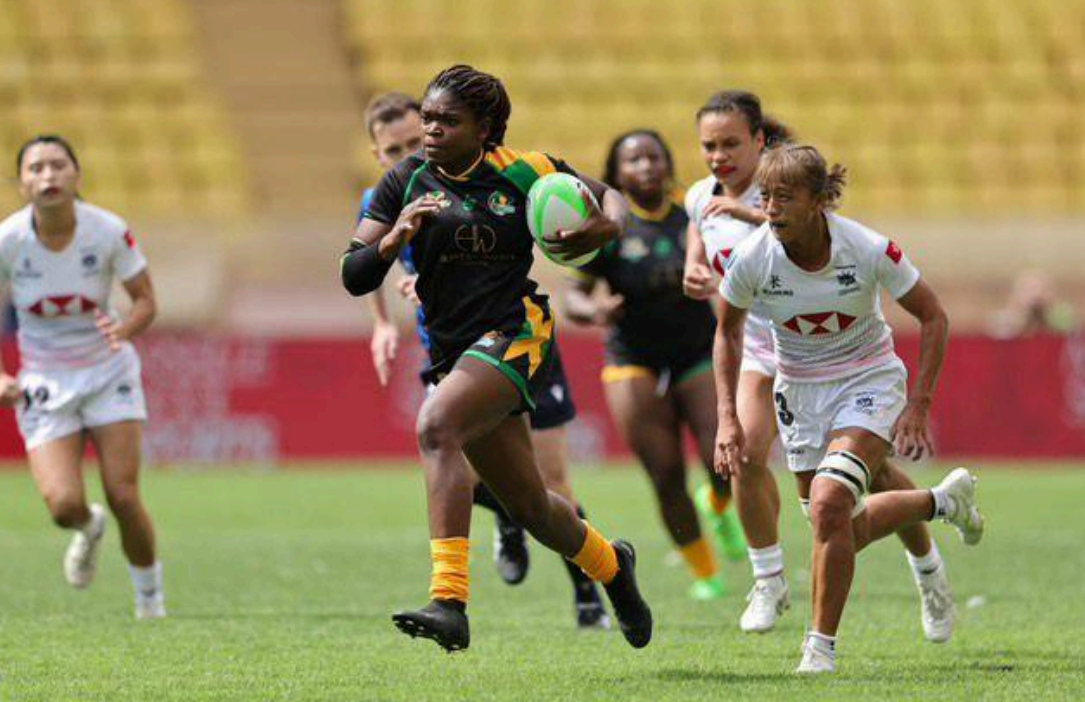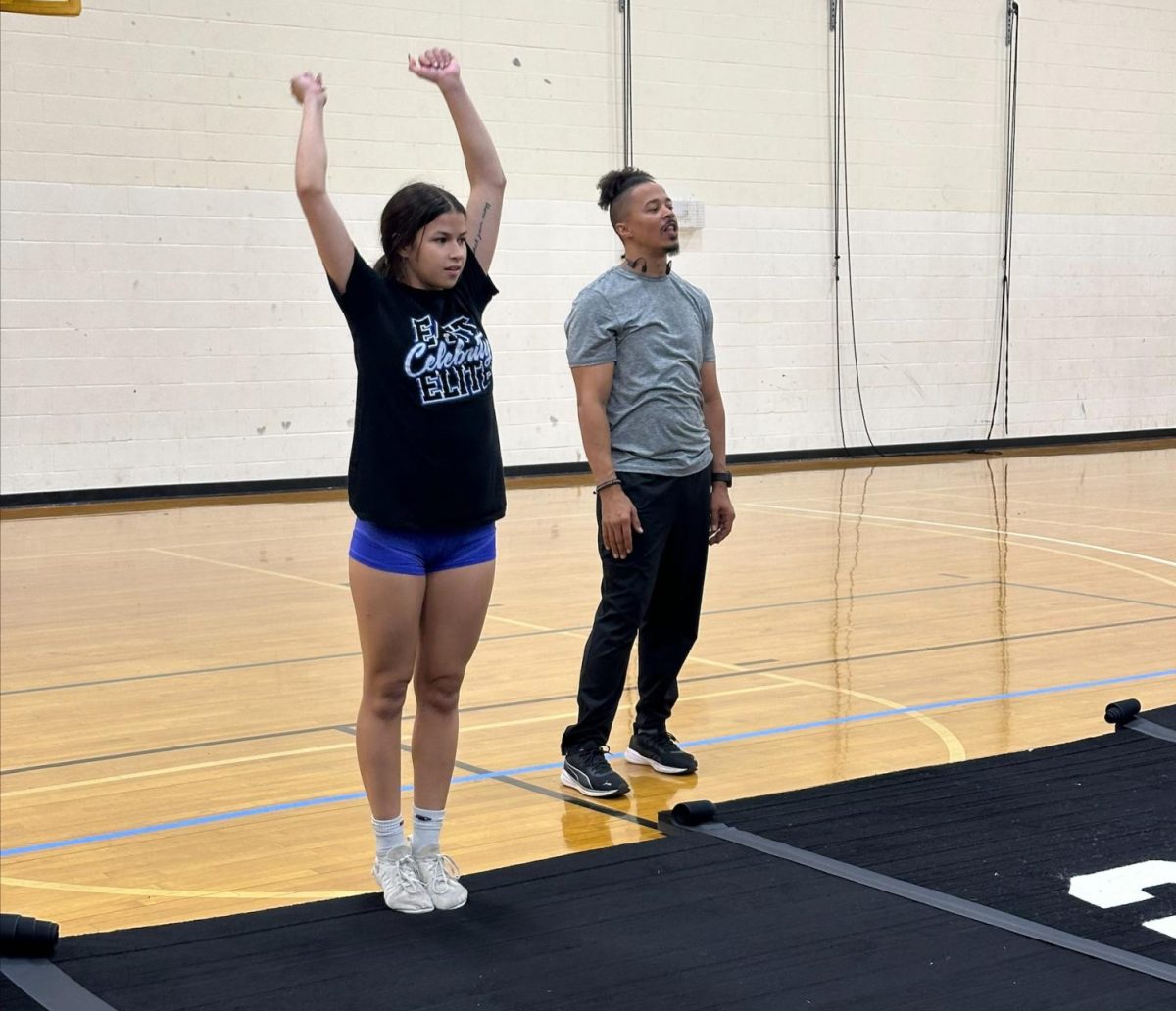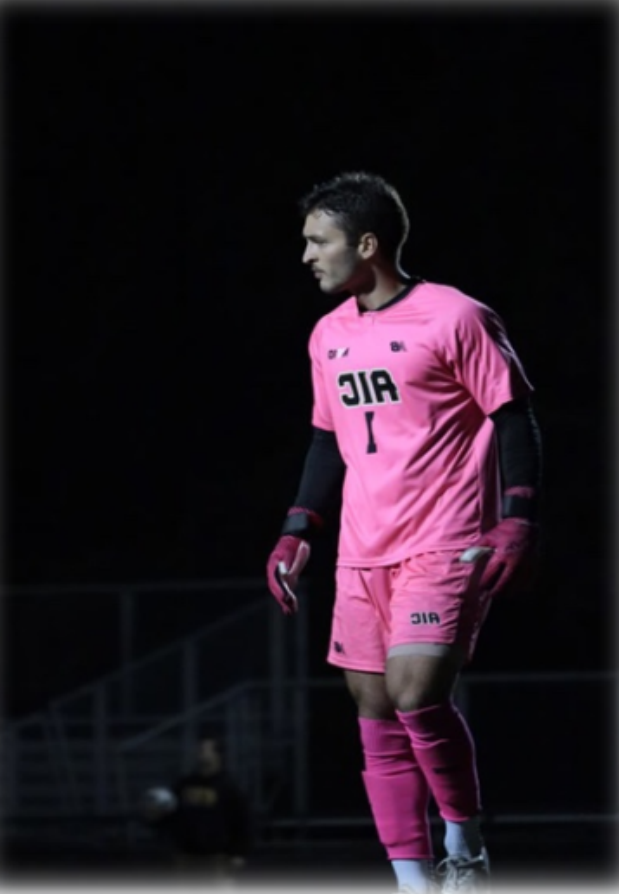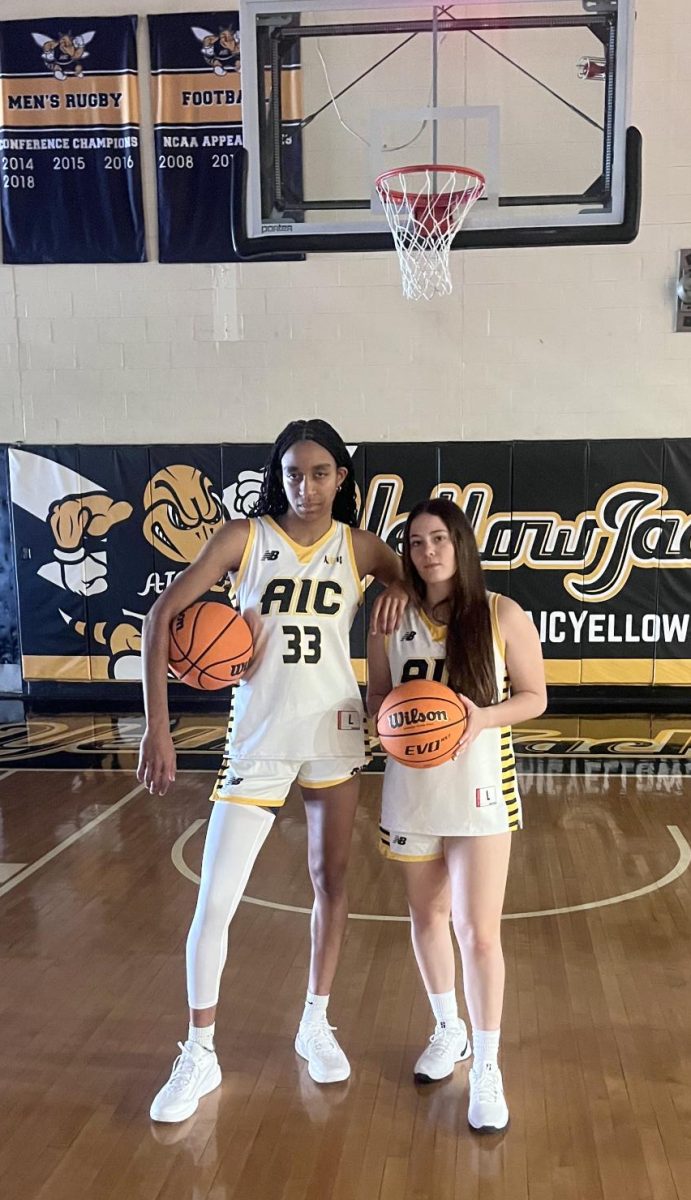Transitions in life can be huge stepping stones that mark the start of a new and improved you. This is especially true when transitioning from high school to college. In college, students find themselves in an unfamiliar environment surrounded by people from various backgrounds. On top of a new setting and culture, the young adult also has to adjust to the newfound freedom and significant independence that comes with being on their own. For those participating in collegiate sports, that adjustment may be even more difficult. Competition is stiffer, the stakes are higher and even more physically demanding than high school sports. So how do student athletes balance their school load with their athletic commitments? Four current rugby student-athletes at AIC shared their routines and offered insights into how they manage their time as both students and athletes.
Vaea Sanft is a freshman from California who majors in public health, and who finds it difficult to manage being both a student and an athlete. Sanft, being an athlete since he was as young as six, never had to take academics seriously until his senior year of high school. From this alone, it is safe to assume that Sanft would have trouble prioritizing academics first, and placing his sport second. As he put it, “I want to focus on sports, but I have to do school. If I could, I would just be an athlete.” With no established routine to manage his classes, Sanft takes it “day by day,” aiming to complete each week’s assignments within that week. He also struggles with the absence of a social life; his free time is often spent catching up on schoolwork. Without a roommate, he lacks the accountability some others might have. All in all, Sanft represents the typical double-bind that student-athletes find themselves in, of trying to give their all to both commitments, and finding it almost impossible to be great in both areas. Fortunately for Sanft, three of his fellow upperclassmen demonstrate that with time and effort, it is indeed possible to succeed in both areas.
A sophomore from Argentina, Ariel Balsamo manages a heavier workload than most student-athletes due to his additional work-study responsibilities. Along with attending classes, training five times a week, lifting twice a week, and playing games every weekend, Balsamo also works every weekday. When asked how he handles the pressure without getting overwhelmed, he says, “I don’t know. I kind of like it–the pressure. At the beginning, it was kind of hard, so I had to learn how to be a step ahead.”
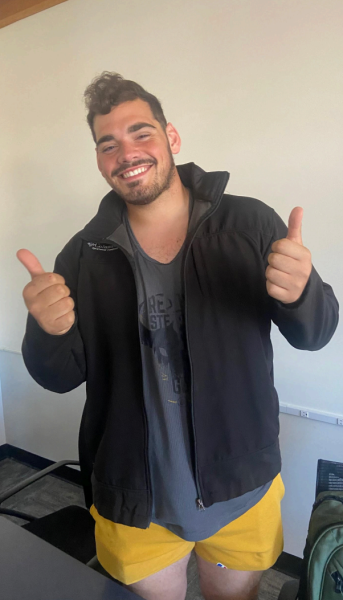
Like many student-athletes, Balsamo uses Rexcel, a study hall program designed specifically for athletes, to stay on top of his coursework and other commitments. With just a year’s experience beyond Sanft, Balsamo demonstrates that over time, balancing academics and athletics can become more manageable. Some might even grow to enjoy the busy schedule enough to take on more commitments, like a work-study position.
Junior Shiela Sarmiento from Guam also manages work-study responsibilities. She is double majoring in sociology and psychology, which comes with the challenge of handling two sets of demanding courses and twice the amount of time needed for assignments. Unlike Balsamo, Sarmiento doesn’t follow a set routine, as her experience has made her comfortable without one. She emphasizes that everything revolves around your class schedule, and once that’s established, only then can you fit in extra activities like sports, work-study, or joining clubs and organizations.
When asked for her advice to freshmen, Sarmiento said, “Always try to keep the day filled. Stay out of your room as much as possible; being in your room can lead to a dark place.” Sarmiento practices what she preaches, staying active and engaged on campus. While it might seem to freshmen that upperclassmen have everything figured out, Sarmiento challenges this perception by acknowledging that she, too, has days when she feels overwhelmed by classes, work-study, and the constant pressure to make the rugby roster. However, she believes that sticking with it and pushing through is what builds discipline.
German Rossi, a senior from Argentina, juggles not one but four work-study jobs while serving as the captain of the men’s rugby team. This adds even more pressure and responsibility to his role as an athlete. With so many jobs, meetings, and appointments, Rossi finds it essential to incorporate a calendar into his daily routine. He checks his calendar every day and sets small reminders on his to-do list to keep track of smaller tasks. Despite his busy schedule, Rossi still manages to find time to hit the gym, hone his rugby skills, and maintain a social life.
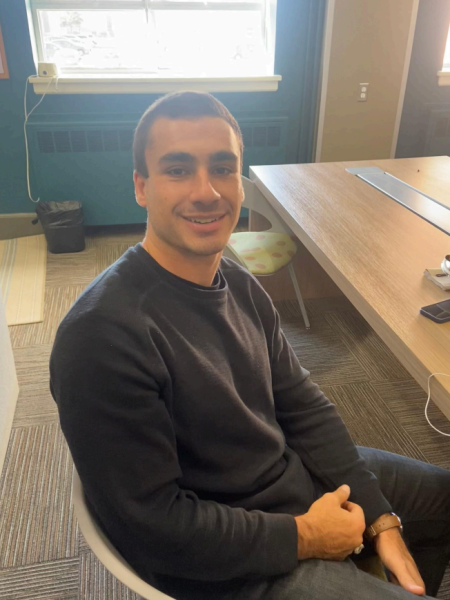
When asked if he ever takes breaks from his demanding student-athlete life, he simply replied, “No, [I] just take it.” Rossi, who clearly takes his responsibilities seriously, acknowledges that balancing classes, work-study, and sports wasn’t easy at first, but admitted that it becomes more manageable as he gains experience and establishes a routine. His “No, just take it” mentality shows that starting small is key; once he improved his time management skills, he was able to take on even more responsibilities.
Many freshmen initially struggle to find a balance between their sport and academics, often lacking a structured routine to keep them on track. However, this “go with the flow” mentality is only temporary. As student athletes gain more experience and maturity, they learn from their challenges and grow. This proves that it’s entirely possible to excel both as a student and an athlete! With time and dedication, they develop the skills and discipline needed to thrive in both areas, demonstrating that success comes from perseverance and a willingness to learn.









